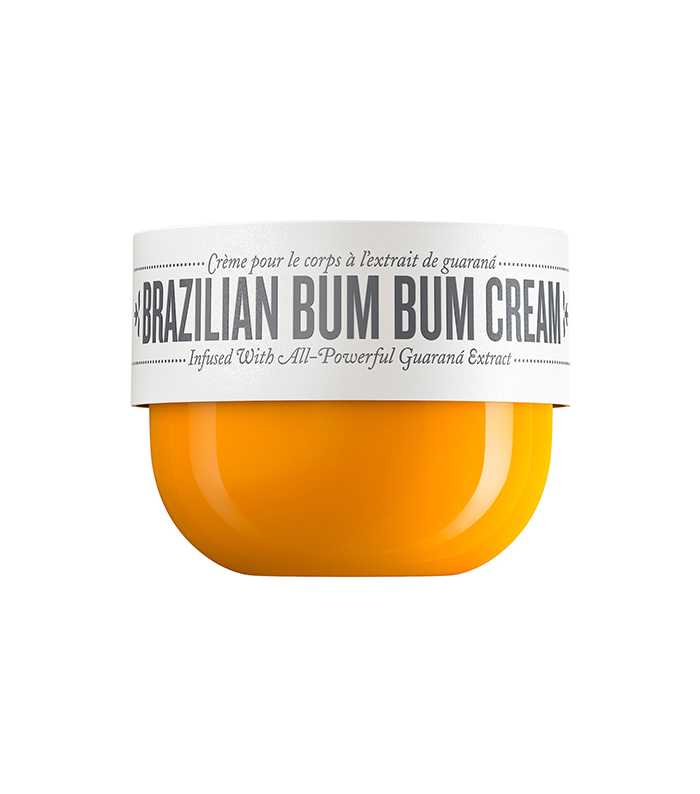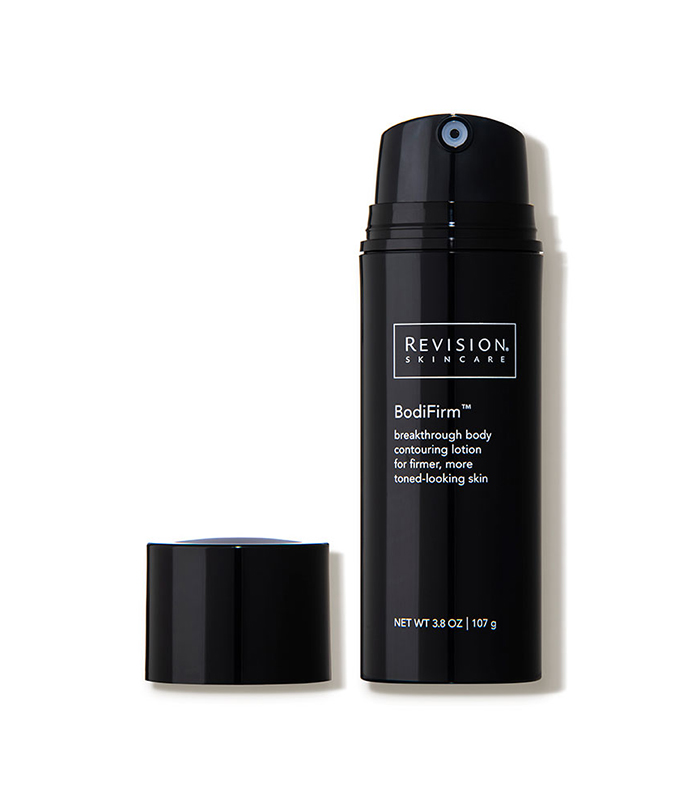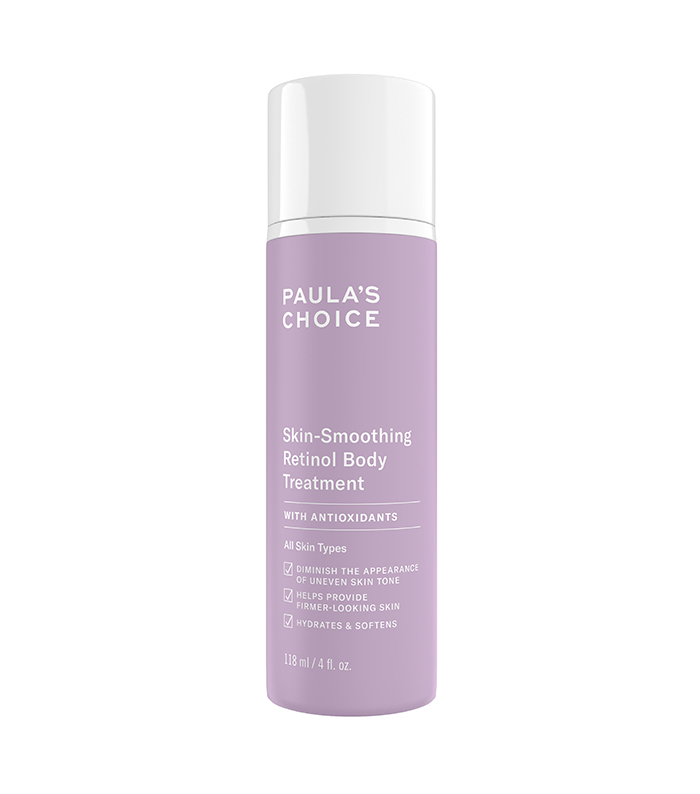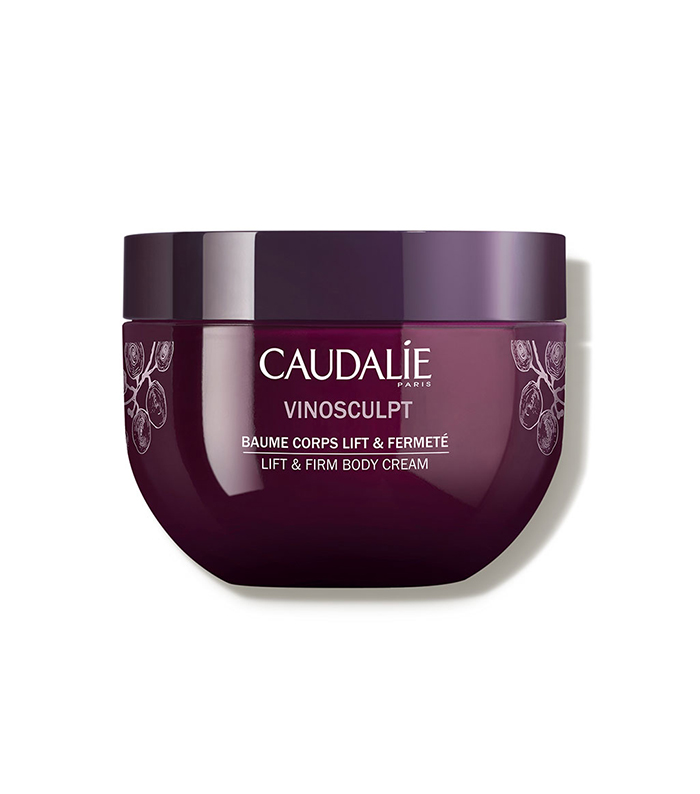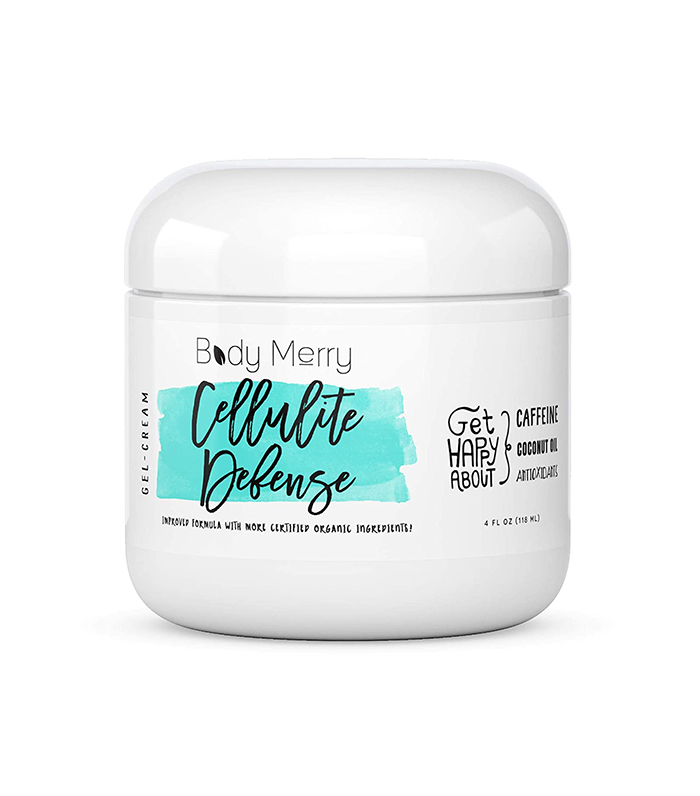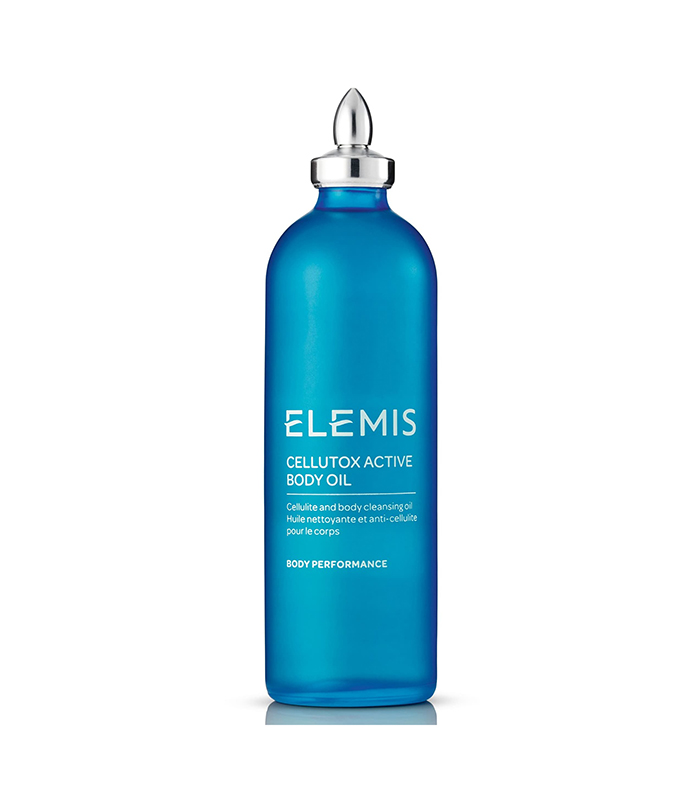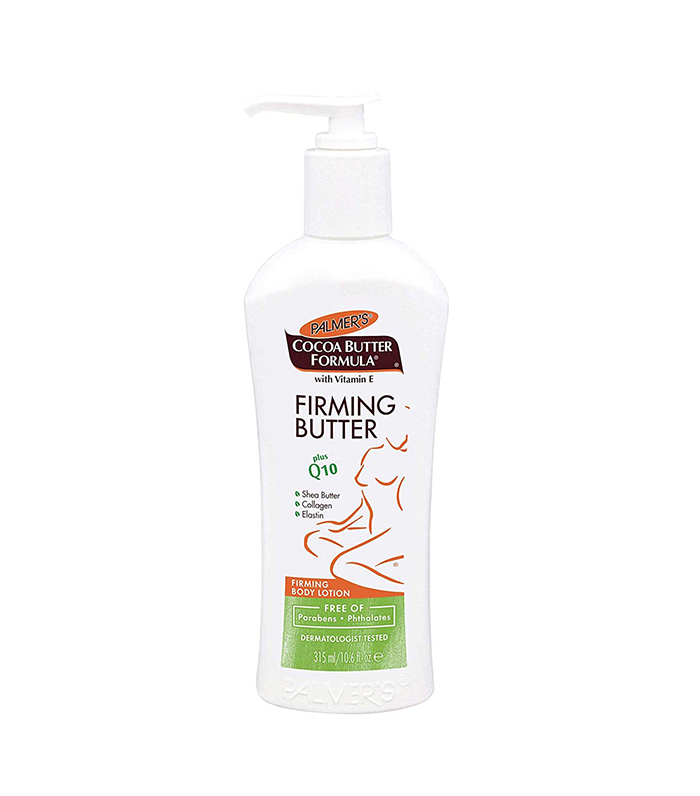I Asked Dermatologists All My Cellulite Questions—Here's What I Learned
You know that phrase about the only things certain about life are death and taxes? I have a lot of additions to add to the list for the 21st century, but they mostly revolve around social media and dating apps. Oh, and stretch marks and cellulite. Listen—pretty much everyone has got 'em.
I remember the angry stretch marks I got during puberty. They started off as brown and lined the middle of my stomach. (At 13 years old, it was a big bummer for me, as I wanted to wear a bikini to a boy-girl pool party) As for cellulite, I got that around high school on my thighs and butt. Again, not so great for beach days and those usual teenage self-esteem issues.
These days at age 31, I'm feeling pretty ambivalent towards both of them—and not that this matters really, but I've never had a guy I was dating complain about them, so truly who cares? But like the amateur beauty detective I consider myself to be (see what I learned about sunscreen here and exfoliation here), I wanted to figure out what the deal with cellulite was. Stretch marks, I'll get to you another time. So, I reached out to two dermatologists to get the scoop.

First things first: It's totally normal. "The biggest thing that I tell patients is… I try to normalize it, because we shouldn't stigmatize it," says Caroline Robinson, MD, FAAD, board-certified dermatologist and founder of Tone Dermatology in Chicago. "It's very, very, very common. I just say that, 'If we're keeping a healthier body weight in general, we can blur the effects of cellulite. We don't get rid of them, but they're less obvious or less apparent at times if we keep a healthy lifestyle and a healthy body weight.'"
Board-certified dermatologist Elyse Love, MD, who practices at GlamDerm in New York City, adds that it's "physiologic" in women, meaning that almost all women will develop varying degrees of cellulite in their lifetime.
So now that we're all agreement that cellulite is a very real part of the human experience, let's go through what the heck it actually is and how to deal with them (if you so choose!).
What Exactly Is Cellulite?
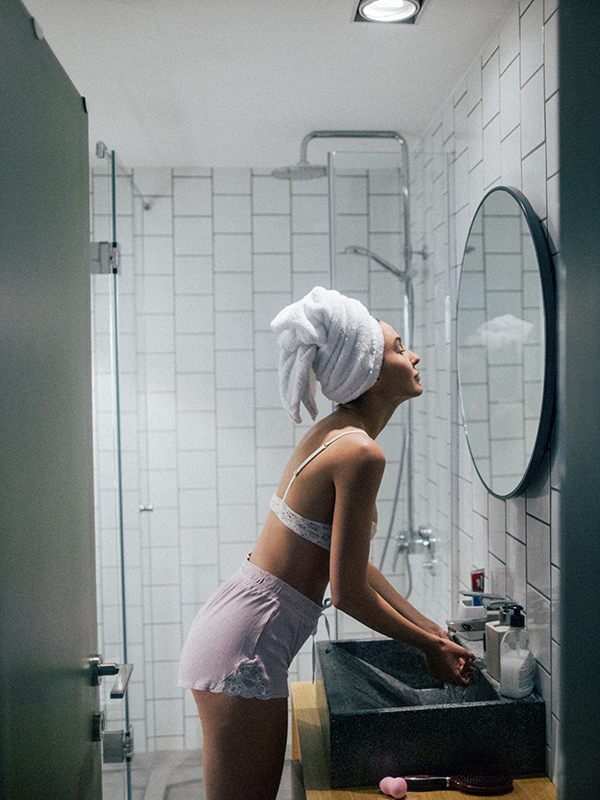
There are a lot of misconceptions about cellulite. Most people think it's all fat. Well, it's a little more complicated than that: " It occurs when the connective tissue overlying muscles form connections to the overlying skin," explains Love. "This creates the characteristic dimpling phenomenon. Although the dimples do contain subcutaneous fat, the fat is not the cause of the cellulite appearance."
You'll normally see cellulite appear in the thighs and buttocks, but it might even occur in the stomach and upper arm area as well. In general, Love says you'll notice cellulite after puberty, and most commonly in your 20s and 30s. Pretty much anyone can get cellulite—no matter their body type.
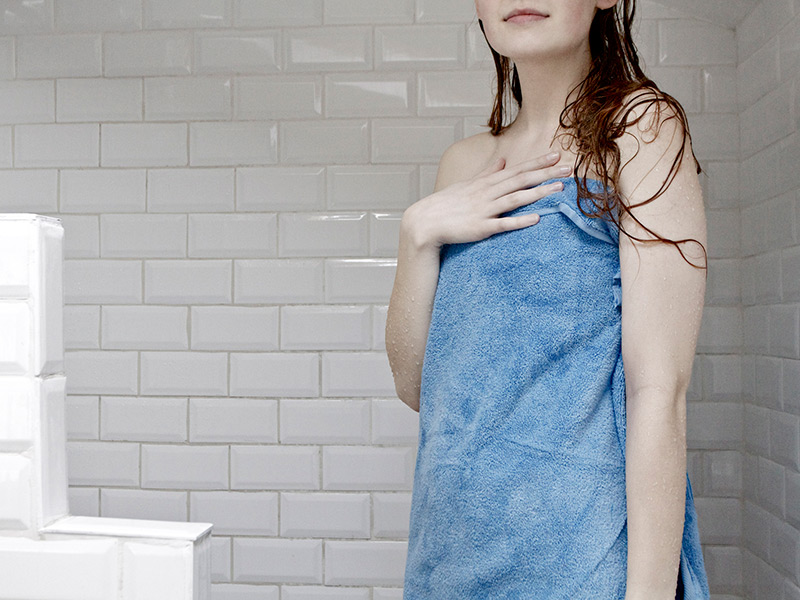
For the most part, there's really nothing you can do to avoid cellulite because a lot of it has to do with our DNA. "The biggest factors that influence whether we get it are actually things that are not completely in our control, which are genetics and hormones," Robinson adds. Other factors like obesity and high-estrogen states (including pregnancy and breastfeeding) can accentuate the appearance of cellulite.
Is There Anything I Can Do to Get Rid of It?
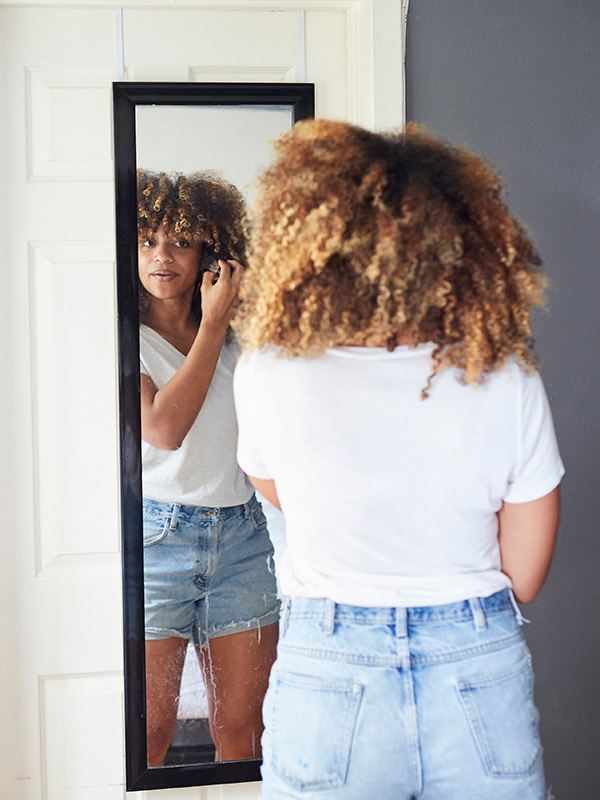
You can't really make cellulite disappear since a lot of it has to do with genetics, so if it's bothering you, you can focus on reducing its appearance instead. "Decreasing body fat percentage may decrease the appearance of cellulite, although it's important to understand that cellulite occurs in healthy and active women," Love says.
There are a few treatment methods you can try, and there are two categories: in-office and at-home.
In-Office Treatments
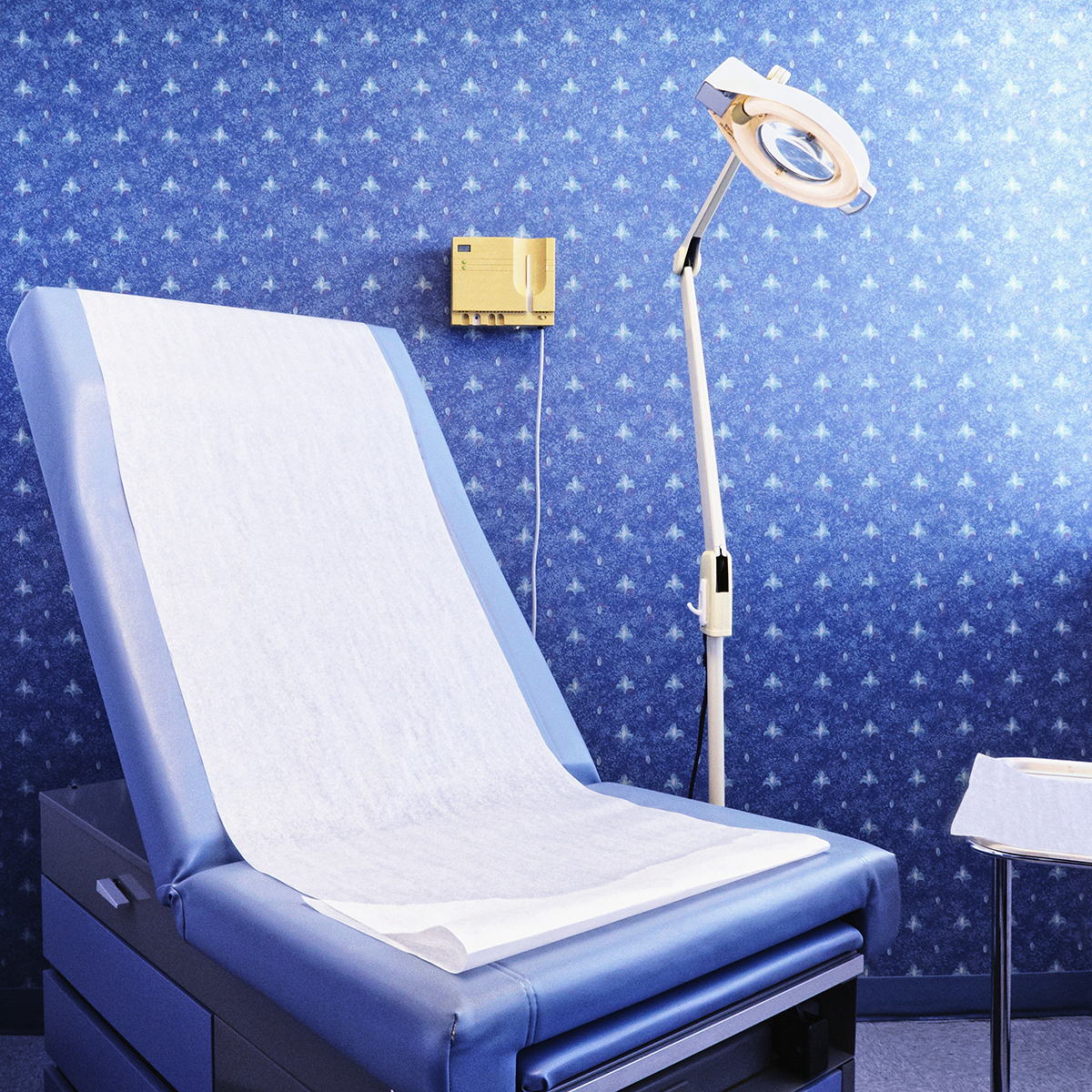
Treatments done at a dermatologist's office can be effective because they go deep within the skin, which is where the cellulite is, Robinson says. Some include laser, ultrasound, and radio-frequency therapies.
"Because the problem with cellulite is related to the subcutaneous bands—not fat—effective therapy is targeted at lancing these bands," Love says. "This can be done manually with a procedure termed 'subcision.' However, there are also a number of devices that perform this task with varying efficiency. There has recently been a new FDA-approved injectable treatment for cellulite—collagenase clostridium histolyticum-aaes (Qwo)—that chemically releases the bands."
The upkeep frequency of these treatments depend on the type of procedure, but Robinson says most have a specific number or a range of treatments to get results and then you just need maintenance. She does, however, warn that because cellulite is influenced by genetics and hormones, you might find it in new areas or discover that it has reappeared.
And you should proceed with caution with some of these treatments, so make sure you discuss thoroughly with your doctor. "You should also use a little caution with the in-office procedures, especially any that involve heat or light or a needle of any type because if you have skin that's prone to hyperpigmentation, then that could be a side effect," Robinson explains.
At-Home Treatments
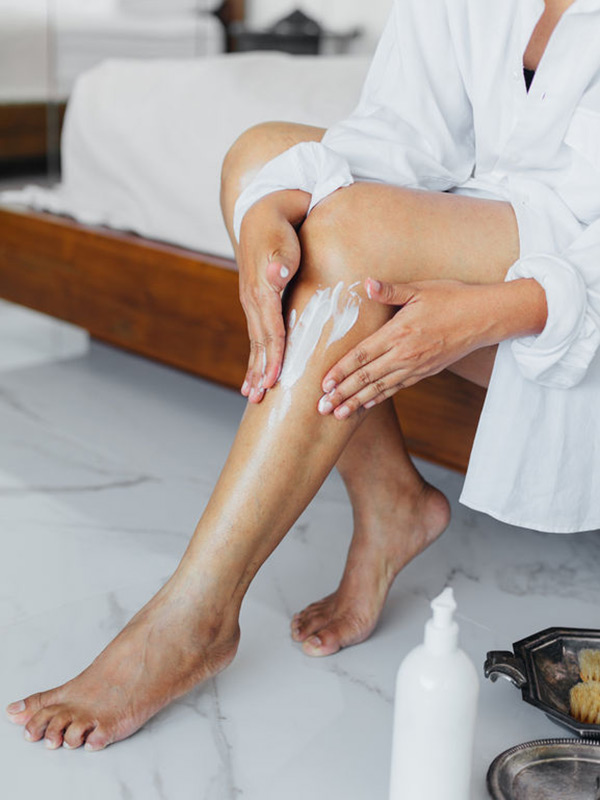
At-home treatments, like creams and serums, are more about minimizing the appearance of cellulite, if only temporarily. "It's very difficult for a cream to penetrate the skin deep enough to influence cellulite," Robinson says. "A lot of the creams try to either dehydrate the skin cells or make them less plump so that they can blur the effects of cellulite."
If you want to go with a cream, most require you to use them once or twice daily, and you'll have to apply consistently to actually see results.
When choosing a cream, Robinson says these are common ingredients that can be effective…
Caffeine
Caffeine is one ingredient that dehydrates the skin cells to blur but not completely remove cellulite.
Peptides
"I prefer creams with innovative ingredients," Robinson says. "And one of the ones that I like right now uses a peptide. Peptides can actually dive deep within the skin and start to influence some of the skin cell processes. There's a cream by Revision called BodiFirm. It can start to influence both fat reduction within the bands of connective tissue. The bands are pulling on these areas, and it can start to influence the pulling as well."
She also adds that there is clinical evidence to suggest that you can stop using the product and maintain the results, which is one reason she recommends the cream to patients and often couples them with in-office procedures.
Retinol
The anti-aging powerhouse is also helpful in the cellulite department, too. "Retinol causes thickening of some areas of skin. It causes skin cell turnover," Robinson says. "So it starts to address the function of the skin cells and start to make them a little more active and that can address the cellulite."
Other Cellulite Creams to Try
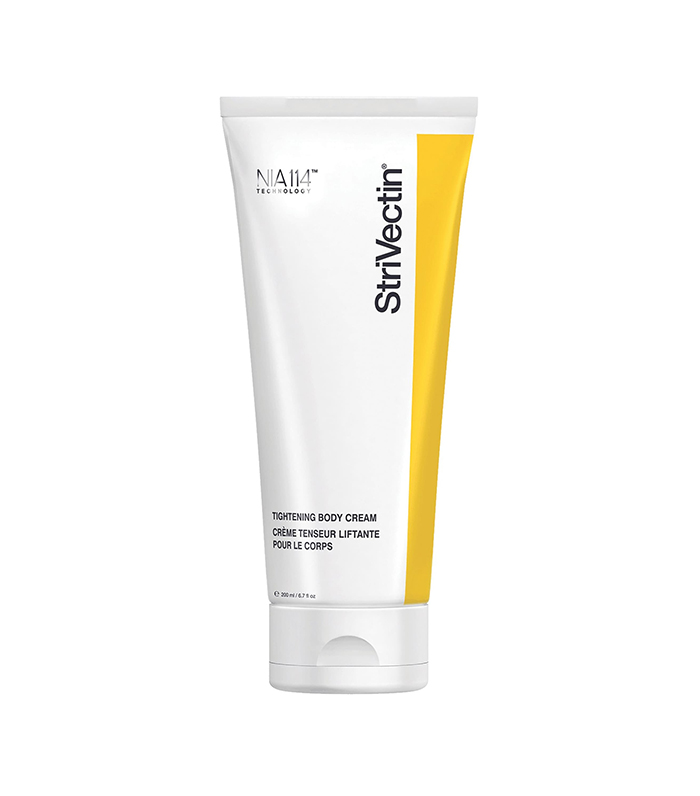
StriVectin's cream contains both caffeine and peptides, which work to firm and improve skin elasticity. It's also super moisturizing.
Next up, according to derms and plastic surgeons, these 25 creams help firm your neck.
Sarah is lifestyle writer and editor with over 10 years of experience covering health and wellness, interior design, food, beauty, and tech. Born and raised in Los Angeles, she attended New York University and lived in New York for 12 years before returning to L.A. in 2019. In addition to her work at Who What Wear, she held editor roles at Apartment Therapy, Real Simple, House Beautiful, Elle Decor, and The Bump (sister site of The Knot). She has a passion for health and wellness, but she especially loves writing about mental health. Her self-care routine consists of five things: a good workout, “me” time on the regular, an intriguing book/podcast/playlist to unwind after a long day, naps, and decorating her home.
